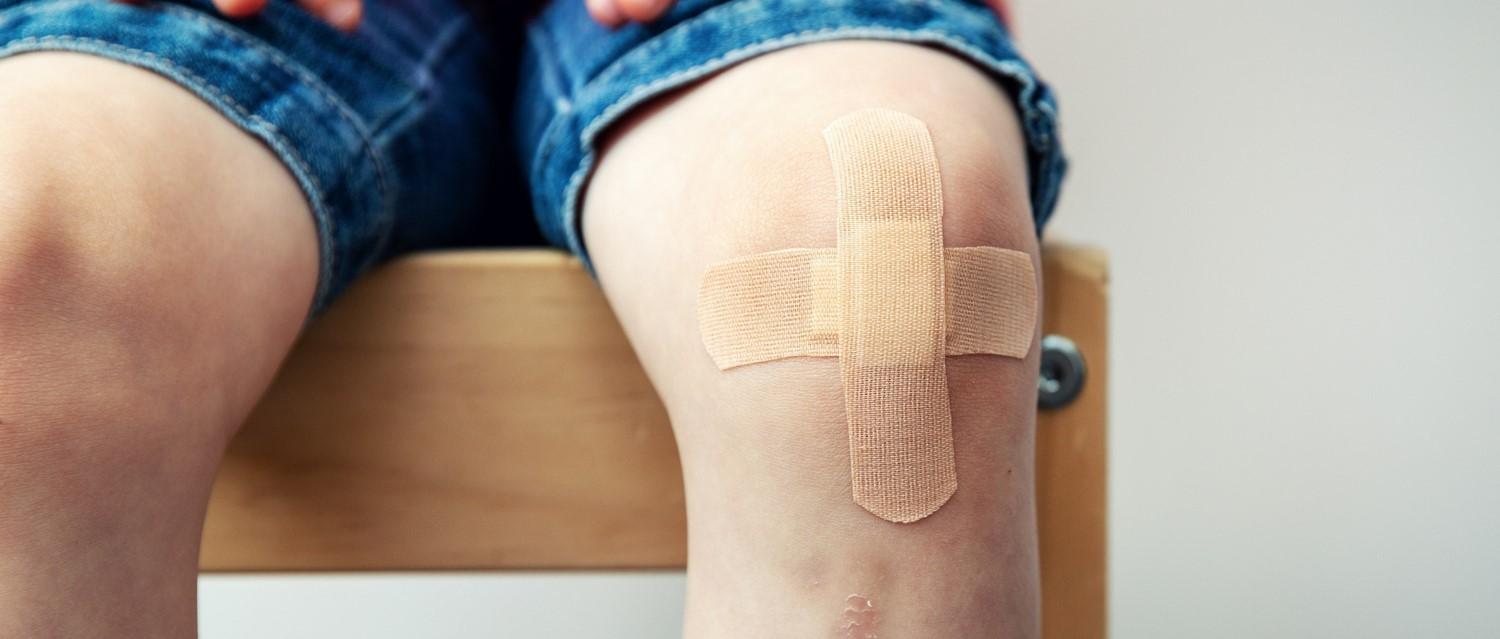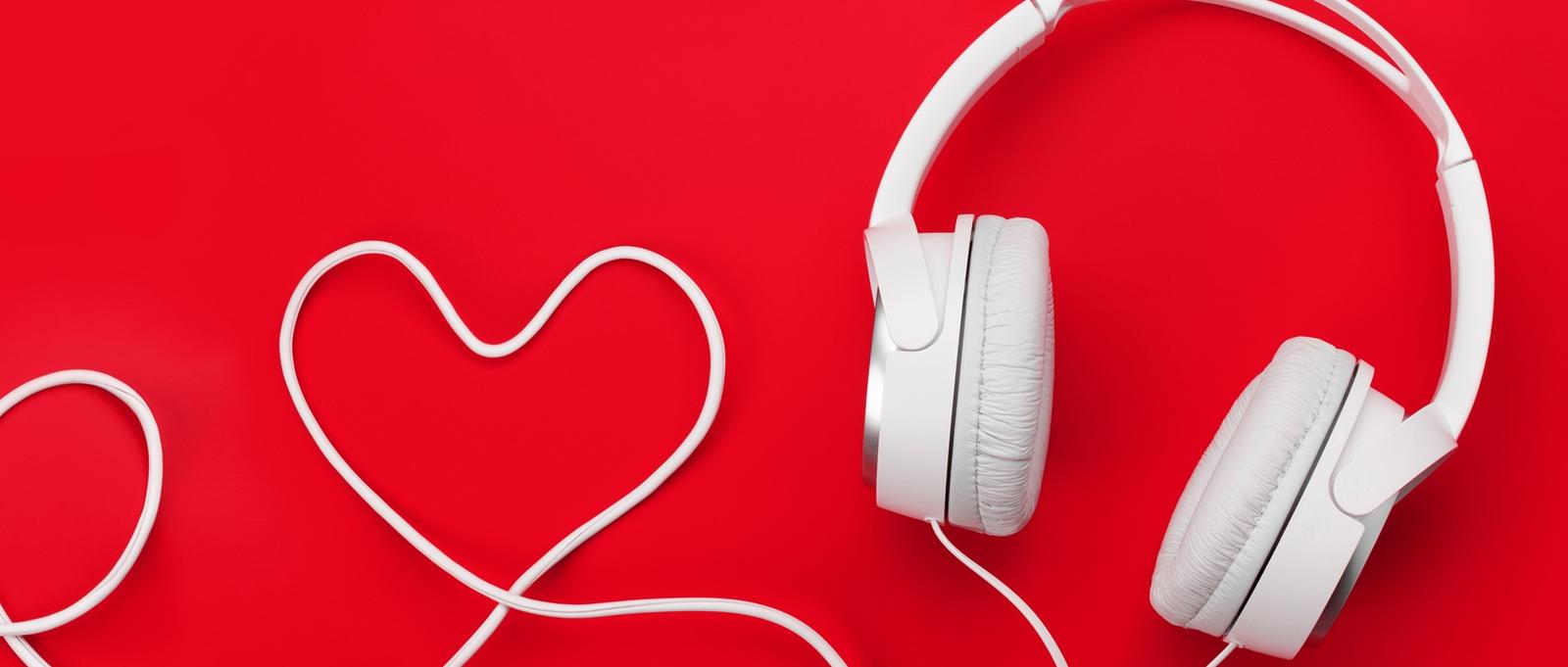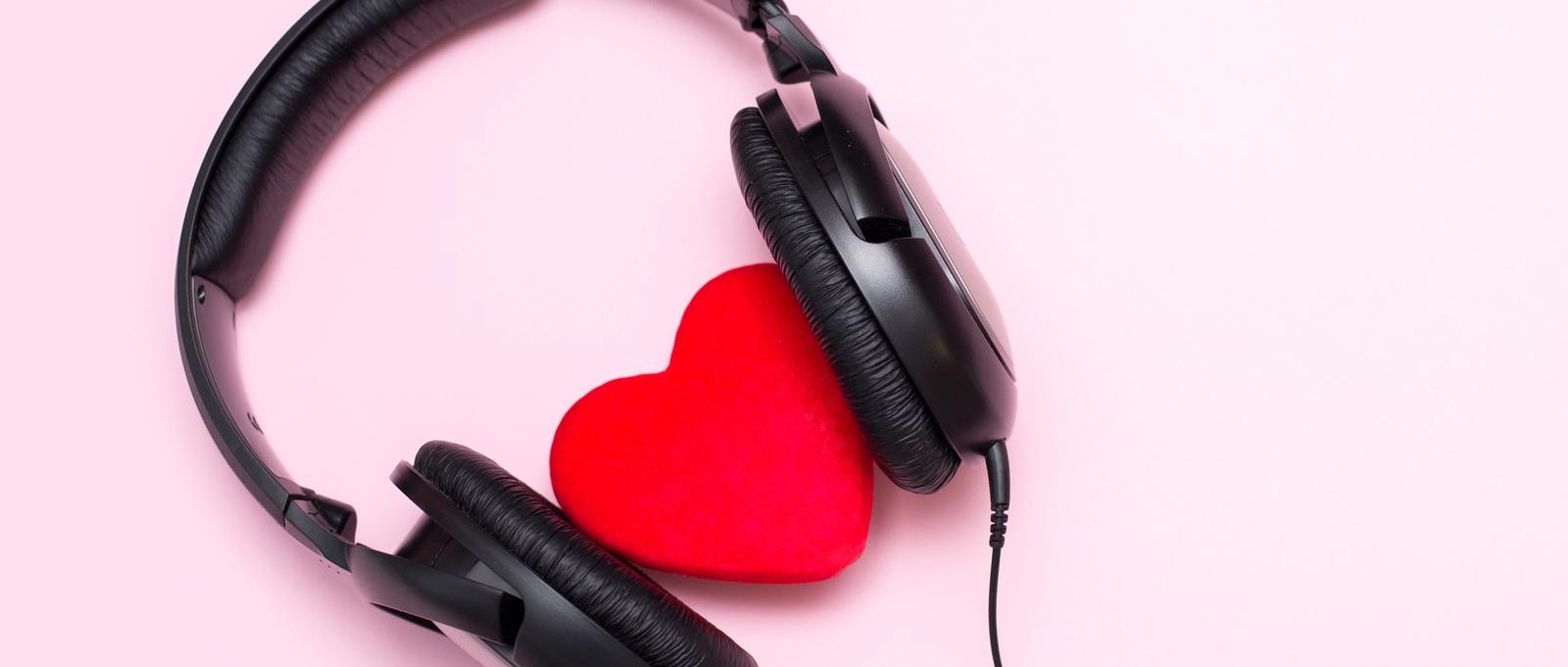
How to teach yourself first aid
Peer reviewed by Dr Sarah Jarvis MBE, FRCGPLast updated by Andrea DowneyLast updated 30 Nov 2020
Meets Patient’s editorial guidelines
- DownloadDownload
- Share
- Language
- Discussion
Would you know what to do if someone was choking? Or if they lost consciousness? Knowing first aid can be the difference between life and death, which is why it's important to know the basics.
In this article:
Whatever the reason you've put off learning, now is the time to teach yourself some basic first aid. It's not as difficult as you may think and there are plenty of online resources you can use in your own time.
Dr Lynn Thomas, medical director at St John Ambulance, explains the importance of knowing first aid and the basic skills you should have.
Continue reading below
Resources and courses
First of all, Dr Thomas points to a wealth of online resources developed by St John Ambulance and the British Red Cross. You can find all you need to know through these resources.
But it's always good to book a course so you learn from a trained professional. Due to coronavirus, the majority of the course material is now taught online, so you can do it in the comfort of your own home.
St John Ambulance also has a free-to-download app which takes you through what to do, step by step, should you ever find yourself in an emergency and needing to perform first aid.
"One of the things I always say about first aid is that you don't know when you're going to need it. It's much better to know about it before you need it rather than trying to work out what to do when something happens," Dr Thomas says.
"We are moving towards making sure there's first aid training available online wherever you are in the world. There are lots of resources online, but it's also really good to do some hands-on first aid training at some point."
The basics
There's a very simple way to remember what to do in an emergency, particularly if someone is unconscious: DRABC.
D: check for any danger.
R: check to see if the person is responsive.
A: check their airways for any obstructions.
B: check if they are breathing.
C: check their circulation. Do they have a pulse?
"If you have that in your mind, you will follow a routine. If you come across someone who has collapsed, you don't want to have to stop and think about it," Dr Thomas says. "The important thing is to know when to call for help as well. If someone is not responsive, call for help and then start first aid. You don't want to delay."
A 999 call operator can stay on the phone and talk you through what to do until help arrives. And if the person is responsive you can still help before paramedics arrive.
"Everybody can do something to help, even if that's just sitting next to that person keeping them calm until help arrives," Dr Thomas adds.
Continue reading below
Cardiac arrest
There are three situations Dr Thomas says everyone should be prepared for: cardiac arrest, choking and severe bleeding.
"If someone is in cardiac arrest you go to DRABC," Dr Thomas says. "If their heart has stopped or they're not breathing then you need to start chest compressions."
At the moment, due to COVID-19, it is recommended that you find something to cover the person's mouth with, like a face mask, to do rescue breaths whilst limiting the risk of catching coronavirus. If you cannot find anything then continue with chest compressions without rescue breaths. St John Ambulance have up-to-date guidance on COVID-safe CPR on their website.
"You put your hands on their chest, linked together so the heel of your hand is on the lower part of their chest bone, and then you have to start pressing," Dr Thomas explains. "You have to press quite hard and quite fast."
It's hard to keep the right pace of compressions, so St John recommends you push down on the person's chest to the beat of Stayin' Alive by the Bee Gees.
Choking
Another potentially serious situation is if someone is choking.
"Try to see if they can cough up whatever the obstruction is themselves and then you start with back slaps," Dr Thomas says. "Do five back slaps. If that doesn't work, stand behind them and put your hands together into a fist at the bottom of their breastbone and thrust upwards. It's called an abdominal thrust or Heimlich manoeuvre.
"If you've done that five times and that doesn't dislodge it, make sure you've called for help and go back to doing five back slaps then five abdominal thrusts. Keep going until help arrives or the obstruction is cleared."
If at any point they lose consciousness, you need to start chest compressions, like you would for someone who is having a cardiac arrest, she adds.
Continue reading below
Severe bleeding
"If someone is bleeding heavily you need to put pressure on the wound with whatever you've got, ideally something clean," Dr Thomas explains. This could be something like a tea towel, clothing or other material.
"But stopping the bleeding is more important than making sure it's really clean - we can deal with the wound being contaminated."
Once you've put pressure on the wound you should elevate it above heart level to try to stem the blood flow. For example, if they've cut their arm badly you should help them hold it above their head while keeping pressure on the wound.
There are also occasions where putting pressure on the wound isn't enough, like when an artery is damaged.
"You have to push quite hard, but if you can't stop it by putting pressure on then you need to make a tourniquet. You can only do this if it's a limb; anywhere else you just have to put as much pressure on as possible," Dr Thomas says.
"Take a belt or scarf or whatever you've got, put it as close as possible to where the injury is and then tie it really tight to try to stop the blood flow. You often can't get it tight enough just by pulling, so if you have one, stick a pen between the knot and turn it to make it tighter."
And what about if you come across someone who has an object in their wound, like a shard of glass?
"If you find somebody with something in a wound, don't take it out - leave it in but try to put pressure around it," Dr Thomas adds.
First aid in children
First aid in children differs slightly to how you would treat an adult, Dr Thomas says.
The biggest difference is how to deal with choking. "What you do with choking in children is different, depending on the age and size of the child, to what you do in adults," Dr Thomas explains.
"For a choking baby, for instance, you wouldn't do Heimlich manoeuvres. You need to lay the baby over your thighs with their head down and one hand on their chest; then you use the heel of your other hand to bash on their back to try to dislodge whatever is in their airway.
"With children you have them standing up a little bit more and again you do the back slaps to see if they can cough it out."
Dealing with a cardiac arrest in children or babies also involves slightly different procedures, although the principles are the same.
The most important thing to do in all situations, whether it's children or adults, is to call for help as soon as possible, Dr Thomas says. Once help is one the way you can start first aid until paramedics arrive to take over.
If you want to find out more about learning first aid, you can do so on the St John Ambulance website.
Patient picks for First aid

Treatment and medication
The importance of learning CPR
According to the British Heart Foundation (BHF) 30,000 people have a cardiac arrest each year. Fewer than one in ten of these people will survive. Cardiac arrest can happen to anyone, anywhere, at any time - and without warning. Knowing how to perform CPR could double someone's chances of surviving it. We hear from real-life heroes who've saved lives through CPR. Their stories highlight the vital importance of learning this life-saving skill.
by Victoria Raw

Treatment and medication
The importance of learning CPR: Emma tells her story
According to the British Heart Foundation (BHF) 30,000 people have a cardiac arrest each year. Fewer than one in ten of these people will survive. Cardiac arrest can happen to anyone, anywhere, at any time - and without warning. Knowing how to perform CPR could double someone's chances of surviving it. We hear from real-life heroes who've saved lives through CPR. Their stories highlight the vital importance of learning this life-saving skill.
by Victoria Raw
Continue reading below
Article history
The information on this page is peer reviewed by qualified clinicians.
30 Nov 2020 | Latest version

Ask, share, connect.
Browse discussions, ask questions, and share experiences across hundreds of health topics.

Feeling unwell?
Assess your symptoms online for free
Sign up to the Patient newsletter
Your weekly dose of clear, trustworthy health advice - written to help you feel informed, confident and in control.
By subscribing you accept our Privacy Policy. You can unsubscribe at any time. We never sell your data.